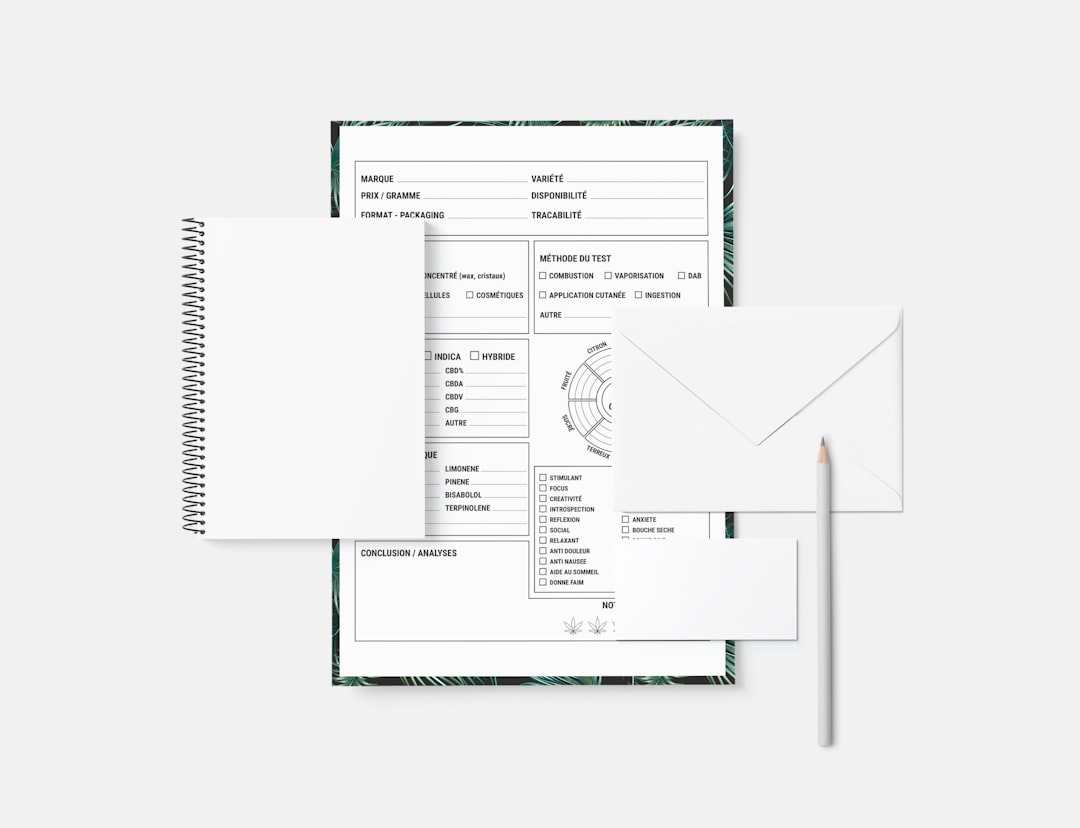In today’s fast-paced and technologically advanced business environment, efficiency and optimization are more important than ever. Organizations across various sectors are turning to digital tools to streamline and automate their operations. One such critical tool gaining immense popularity is facilities management software. A growing number of businesses—an estimated seven out of ten—now rely on this technology to effectively track assets, schedule maintenance, and ensure operational continuity.
Understanding Facilities Management Software
Facilities management software (FMS) is designed to help organizations manage and optimize physical assets, infrastructure, and maintenance operations. It centralizes all facility-related data, making it easier for companies to monitor usage, flag issues, and make data-driven decisions.
This software typically includes features such as:
- Asset tracking
- Preventive and predictive maintenance schedules
- Work order management
- Reporting and analytics
- Vendor and contractor management
As organizations evolve and physical infrastructures grow in complexity, the need for a centralized system to manage these moving parts continues to increase.
Why 70% of Organizations Are Adopting FMS
There are several compelling reasons for the widespread adoption of facilities management software. Here’s why so many companies are choosing to invest in this technology:
1. Enhanced Asset Tracking
One of the key features of facilities management software is its real-time asset tracking capabilities. Tracking thousands of assets manually is not only time-consuming but also riddled with errors. FMS enables organizations to monitor the lifecycle of assets—from acquisition to disposal—with up-to-date information that aids in strategic planning.

Tracking features often include barcoding, RFID support, and GPS integration, which allow facility managers to know exactly where assets are, how they’re being used, and when they need servicing.
2. Optimized Maintenance Scheduling
Maintenance management is another major component of facilities management. FMS provides tools for both preventive and predictive maintenance. Preventive maintenance helps avoid equipment failure and reduces downtime by scheduling routine maintenance checks. Predictive maintenance leverages data analytics to anticipate when equipment is likely to fail, allowing for repairs just in time.
This structured approach not only extends asset lifespan but also improves operational efficiency, reduces emergency repair costs, and enhances safety compliance.
3. Operational Cost Savings
Operational costs can spiral out of control when equipment failures or inefficient usage go unnoticed. Facilities management software helps mitigate these risks through better resource allocation, energy management, and proactive maintenance.
By analyzing performance data, organizations can identify underperforming systems or recurring issues and take decisive action—leading to significant cost reductions over time.
4. Increased Regulatory Compliance
Whether it’s OSHA, ISO, or local compliance standards, adhering to regulations is a major concern for facility operators. An FMS simplifies the compliance process through automatic documentation, record-keeping, and report generation. This ensures that audits are smoother and violations are minimized.
5. Improved Workflow and Communication
Facilities management software centralizes communication and task delegation. Instead of scattered emails or paper-based systems, all stakeholders—from technicians to managers—can interact within a single platform. Immediate updates, status tracking, and decision-making become easier, improving overall coordination and responsiveness.
Industries Benefiting Most from FMS
While nearly every sector can benefit from facilities management software, some industries have emerged as early adopters and power users:
- Healthcare: Ensures critical equipment is always operational and meets hygiene compliance.
- Manufacturing: Reduces downtime through predictive maintenance and efficient resource allocation.
- Education: Manages multiple facilities, tracks campus assets, and schedules regular upkeep with ease.
- Retail: Oversees hundreds of locations with real-time asset visibility and maintenance control.
- Corporate offices: Enhances space utilization, energy efficiency, and employee comfort.

Key Features Driving Adoption
Not all facilities management software is created equal, but certain features are non-negotiable for businesses serious about optimization:
- Mobile Access: Allows technicians and managers to update and receive information on the go.
- Real-Time Analytics: Dashboards present actionable data for performance improvement.
- Integration Capabilities: Seamlessly works with other enterprise systems like ERP, HR, and accounting tools.
- Scalable Infrastructure: Supports organizations of all sizes, from single-site operations to global enterprises.
Return on Investment (ROI) and Long-Term Benefits
Although implementing an FMS may have initial costs, the long-term savings and operational advantages often outweigh them. Companies report:
- Up to 30% reduction in maintenance costs
- Improved asset utilization and lifecycle planning
- Better budgeting and financial forecasting
- Decreased downtime by 40% or more in critical systems
Beyond dollars and cents, FMS contributes to better workplace safety, increased employee satisfaction, and a more sustainable environmental footprint.
Challenges in Implementation
While the benefits are clear, it’s worth noting that implementation can pose challenges such as:
- User resistance to changing legacy systems
- The need for initial training and support
- Integration complexities with existing platforms
However, most providers offer onboarding support and scalable feature sets to ease this transition.
The Future of Facilities Management Software
With the rise of Internet of Things (IoT), Artificial Intelligence (AI), and cloud computing, the role of facilities management software is expected to evolve even further. Smart buildings, condition-based monitoring, and AI-driven maintenance planning will redefine how businesses manage their physical assets.
Organizations that adopt early and adapt quickly are likely to gain a competitive edge, not just by reducing costs but by improving operational agility and sustainability.
Frequently Asked Questions (FAQ)
1. What is facilities management software?
It’s a digital platform designed to help businesses manage buildings, assets, maintenance, and other operational tasks efficiently through automation and data analytics.
2. How does asset tracking work in an FMS?
Asset tracking monitors physical equipment through technologies like barcodes, RFID, or GPS and logs their location, usage, and condition in real-time.
3. Is facilities management software suitable for small businesses?
Yes. Many FMS providers offer scalable solutions tailored for small to medium-sized enterprises, making it accessible regardless of company size.
4. Can FMS integrate with other business software?
Most modern platforms provide integration capabilities with systems such as ERP, HR, finance, and IoT devices to deliver a unified operational approach.
5. What are the biggest cost benefits of using FMS?
Key financial benefits include reduced equipment downtime, lower repair costs, optimized energy usage, and extended asset lifecycles.
6. How long does implementation typically take?
Implementation timelines vary based on the size of the organization and complexity of the system but typically range from a few weeks to a few months.
7. What kind of support is available post-implementation?
Most vendors offer customer support, training resources, regular updates, and dedicated account managers to ensure continued success.
As facilities grow in size and complexity, adopting a robust facilities management software system is no longer optional—it is a strategic imperative for sustained efficiency and competitiveness.


